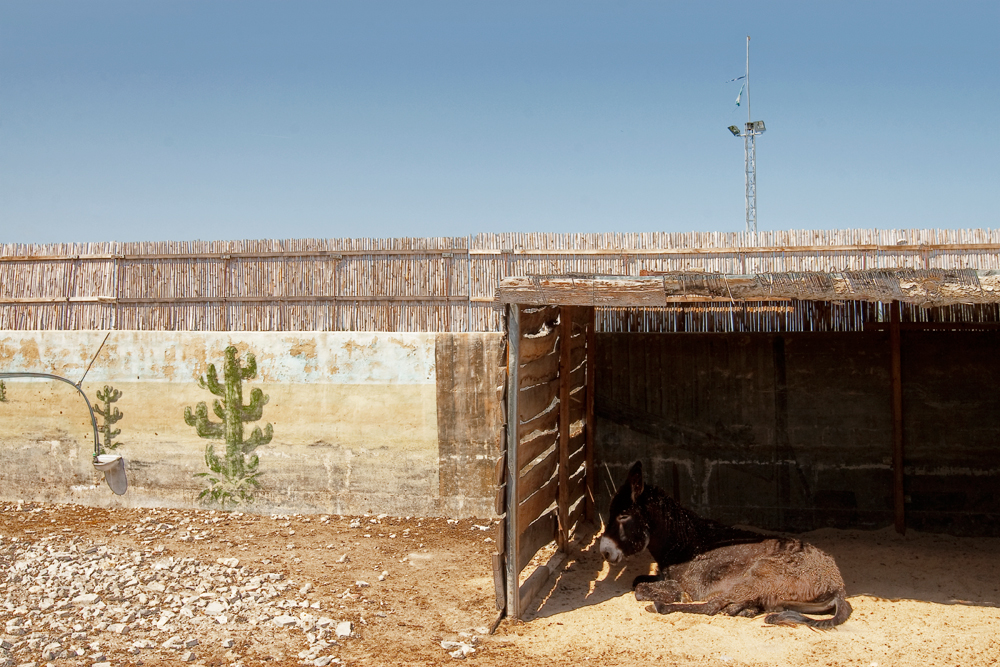Almost Wild by Valeria Scrilatti
Issue 111
Reducing the unknown to the known is the aim of every act of knowledge and every experience, from mythology to science and the various forms of exploration of our world, but it is also typical of Western civilization to perform this kind of reductive operation by distorting and weakening the object of our attention, absorbing and misrepresenting it, so that it is often reduced to the level of a commodity or mere entertainment. The efforts of men to reduce the threatening aspects of this dimension that encircles and surrounds him, in order to put it at a safe distance and contemplate it with an objectivity and detachment that is in fact impossible, can be seen in science and science fiction, the fairy tale, bullfighting, falconry, the circus, and of course the zoo. The zoo is in fact a kind of theme park where life, with its dimension of the unusual and the marvellous, is taken away from our everyday experience and is hermetically closed off and vacuum-packed inside the box of a vulgar and low-quality spectacle. Almost wild reveals this phony universe that is rooted in the childhood memories of us all, with its strange mixture of the menacing power of wild nature and the humiliating fiction of fairground papier-mâché scenarios. With the merging of the “natural” into such an “unnatural” context the false and artificial scenario is totally dominant, and it has the sweet and cloying taste of an obscure and clichéd art-house film, emerging grotesquely from an indecorous and tasteless trivialization of uncontaminated nature. But in this scenario there is also an element of attraction which is almost nostalgic, because in its failed or unrealized purpose of building a bridge between civilization and nature the zoo accentuates the immense distance that now exists between them.
(Text by Stefano Simoncini)
Valeria Scrilatti lives and works in Rome, Italy.
To view more of Valeria's work, please visit her website.
Siberian tiger, Berlin
Snake, Belgrade
Giraffe, Chieti
Goat, Barcelona
Chimpanzee, Barcelona
Asian elephant, Berlin
Zebra, Ancona
Central bearded dragon, Pistoia
Siberian tiger, Rome
Common flamingos, Barcelona
Drill, Barcelona
Humphead wrasse, Barcelona
Humboldt penguins, Barcelona
Ostrich, Chieti
Komodo dragon, Barcelona
Western lowland gorilla, Barcelona
Donkey, Chieti
Cuban crocodile, Barcelona
Rhinoceros, Chieti
Addax, Rome




















